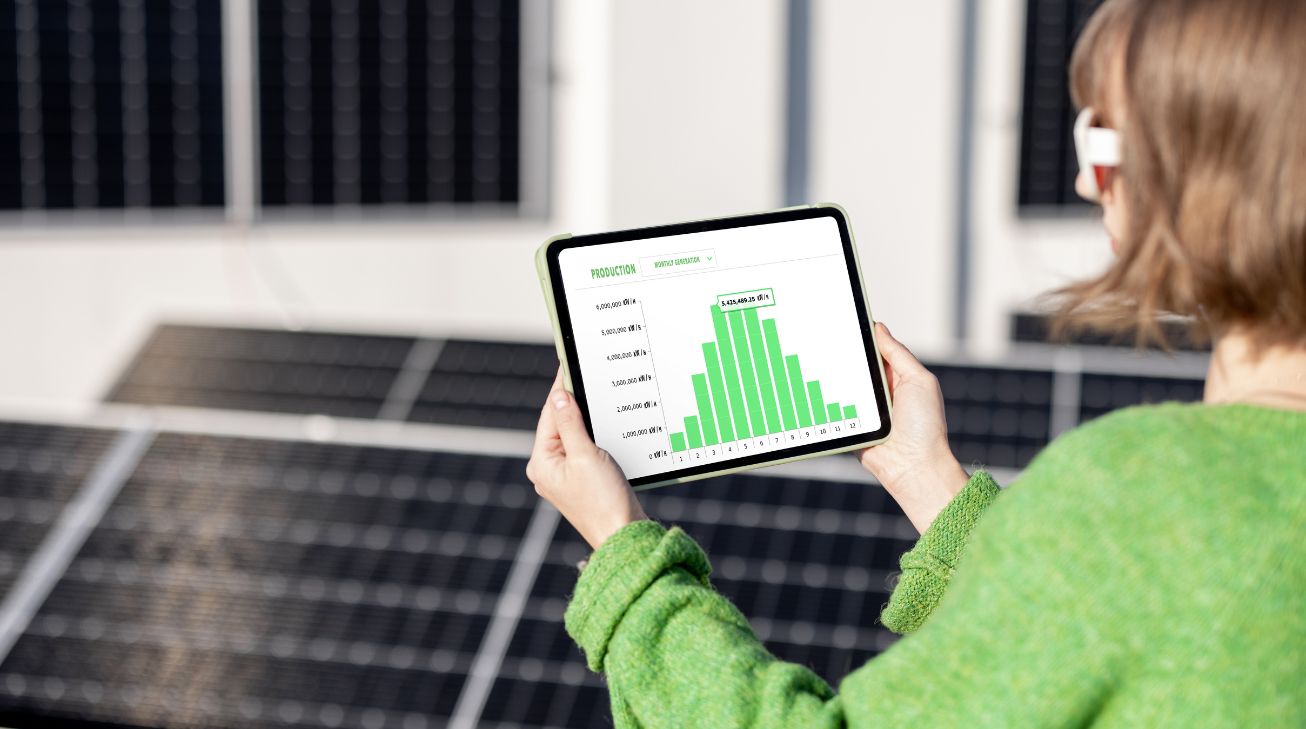
How Does Energy Management System Help in Efficiency in Organisations
- technoviz
In an era where sustainable energy practices are gaining momentum, the Energy Management System (EMS) role has become increasingly crucial. These systems offer a comprehensive energy conservation and optimisation approach, enabling organisations and individuals to reduce costs, minimise environmental impact, and maximise efficiency.
Through this blog, we will understand how EMS helps in energy efficiency in organisations.
Understanding Energy Management System
An Energy Management System is a holistic platform encompassing hardware, software, and data analysis capabilities to monitor, control, and optimise energy consumption. It provides real-time insights into energy usage patterns, identifies inefficiencies, and offers strategies for improvement. By centralising energy-related data and control functions, an EMS empowers users to make informed decisions that lead to significant energy savings.
Monitoring and Data Analysis
At the heart of an Energy Management System lies its ability to monitor and analyse energy usage. By deploying smart metres, sensors, and data loggers, an EMS collects detailed information on energy consumption across different facility areas. This data is then analysed to identify patterns, anomalies, and areas for improvement. By understanding how and when energy is consumed, organisations can optimise their operations and develop targeted strategies for energy reduction.
Energy Efficiency Optimization
One of the primary goals of an Energy Management System is to enhance energy efficiency. With sophisticated analytics and reporting features, an EMS enables users to identify energy waste and implement mitigation strategies. These strategies include optimising equipment settings, implementing energy-saving measures, and adopting energy-efficient technologies. By fine-tuning energy consumption, organisations can significantly reduce costs while minimising their carbon footprint.
Demand Response and Load Management
Energy Management System excels in demand response and load management, helping organisations optimise their electricity consumption during peak demand. Through real-time monitoring and control, an EMS allows users to adjust energy usage to align with pricing structures and grid conditions. By strategically managing loads and participating in demand response programs, organisations can reduce strain on the grid, benefit from cost savings, and contribute to a more reliable and sustainable energy infrastructure.
Integration with Renewable Energy
As renewable energy sources gain prominence, Energy Management Systems play a pivotal role in integrating these sustainable power sources into existing energy systems. An EMS enables the seamless integration of solar panels, wind turbines, or other renewable energy generators with the building’s energy infrastructure. By optimising the usage of renewable energy and balancing it with grid power, organisations can maximise their energy independence and reduce reliance on fossil fuels.
Energy Management Systems have emerged as indispensable tools in pursuing efficient energy consumption and sustainable practices. With real-time monitoring, data analysis, and intelligent control, organisations and individuals can achieve substantial energy savings, reduce operational costs, and contribute to a greener future.
Technoviz Automation helps your organisation in every possible way to upscale your process and scale your goals.
Need Any Help?
Let us know how to get back to you.
- 0124-4424695
- +91-9999765380
- info@technovizautomation.com
